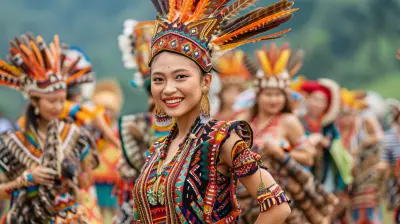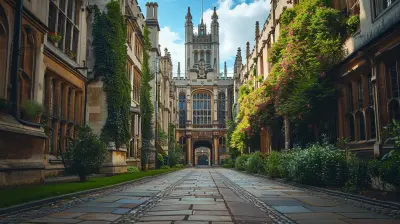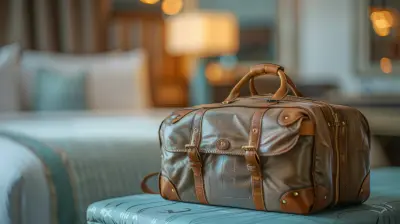Discovering Culture Through a Lens: Travel Photography for Immersive Experiences
31 May 2025
Imagine this: You're walking through a crowded marketplace in Morocco, the air thick with the scent of spices, the sound of chatter buzzing around you, and the brilliant colors of handwoven rugs splashed across the street. You lift your camera, and suddenly, the scene comes into focus—more vibrant, more alive, more real. Travel photography isn’t just about snapping pictures; it’s about diving deep into the essence of a culture and capturing moments that tell a story. It's like having a magic key that unlocks the heart and soul of a place.
In this post, we’re going on a journey to discover how travel photography can transform your travel experiences and immerse you in the cultures around you. Whether you're a budding photographer or a seasoned traveler simply looking for a different way to experience the world, this guide will show you how capturing a culture through a lens can take your adventures to new heights.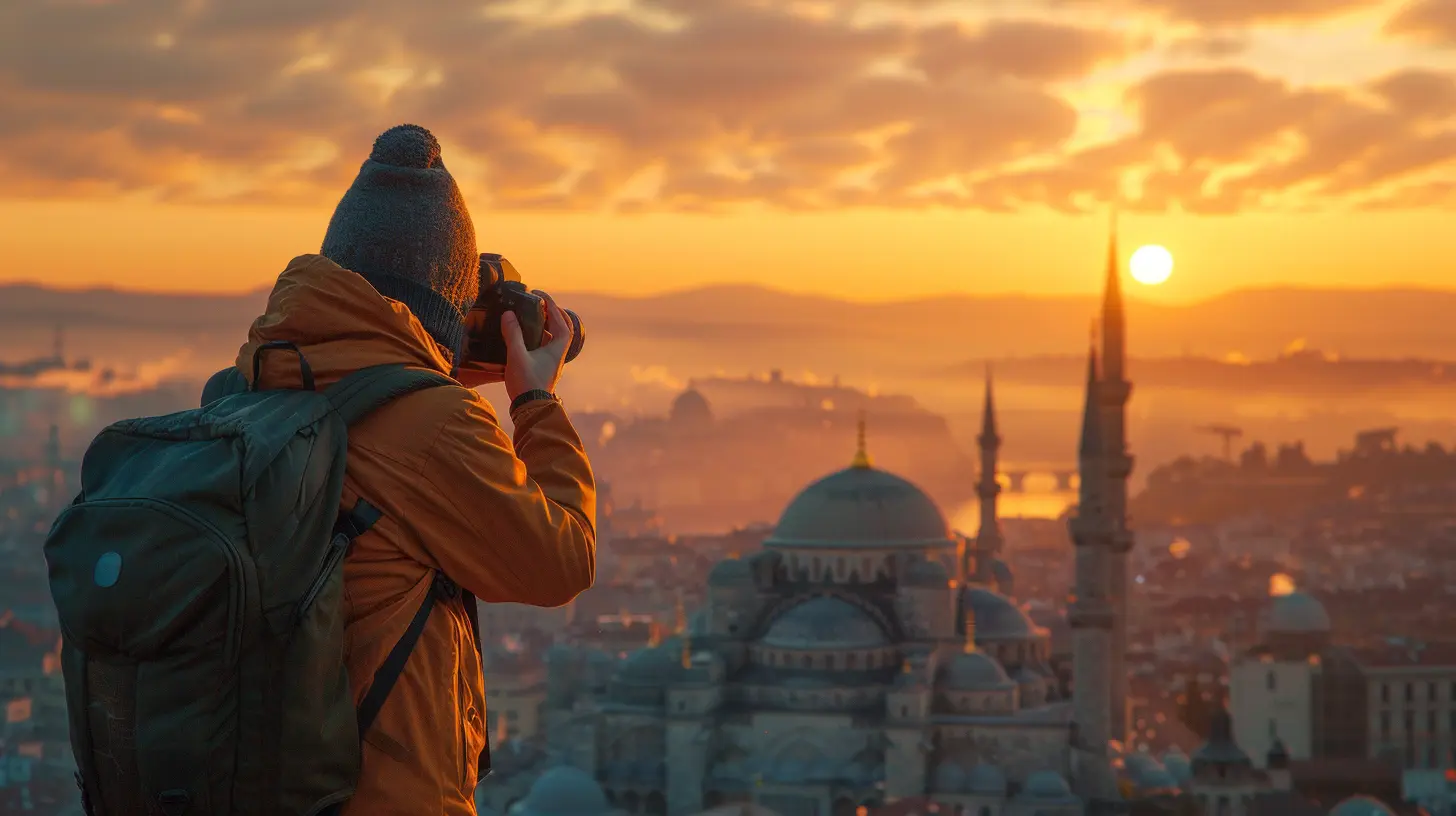
Why Travel Photography is More Than Just Taking Pictures
Photography as a Cultural Window
Think of your camera as a bridge between worlds. When you take a photo while traveling, you’re not just collecting souvenirs for Instagram; you’re documenting life as it unfolds. Travel photography gives you a front-row seat to different customs, traditions, and everyday moments. Ever heard the phrase, “A picture is worth a thousand words”? That’s the hallmark of travel photography. Each shot is a visual narrative that speaks volumes about a place's traditions, history, and lifestyle.Deepening Your Connection Through the Lens
Too often, we travel in a hurry, racing from one landmark to the next. Slowing down to take photos helps you see more than just the surface. You start to notice little details—the way light filters through ancient stonework or how a local vendor’s laugh echoes through the alleyways. Photography encourages you to be present, to engage all your senses, and to connect with the environment in a way that wouldn't happen if you were just skimming the surface.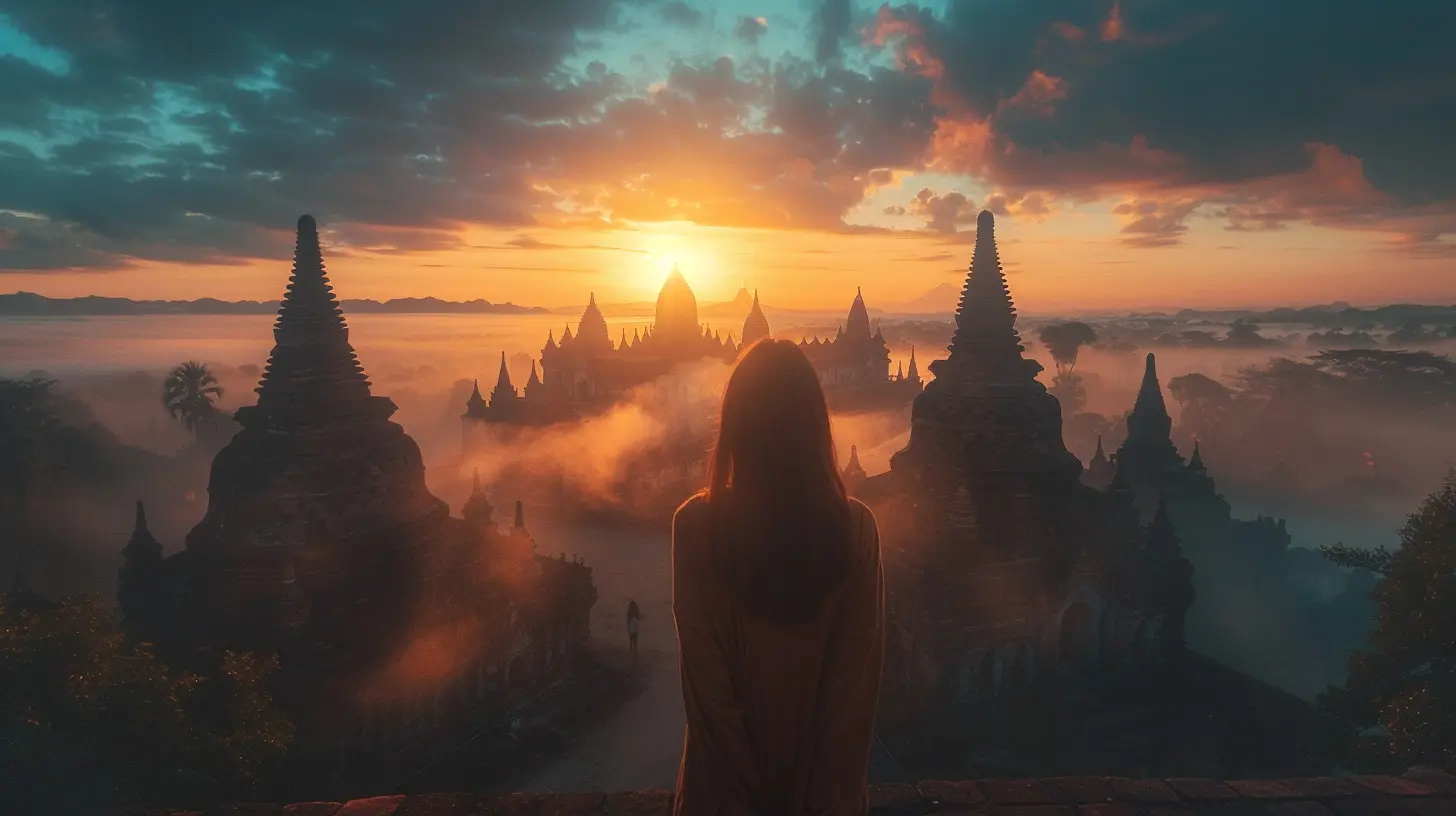
The Elements of Capturing Culture in Travel Photography
1. Portraits: The People Make the Place
Let’s be honest: the buildings, the landscapes, and the monuments are stunning, but what gives a place its heart? The people. Capturing portraits of locals offers a genuine peek into the soul of a culture. Whether it’s a wrinkled grandmother in rural Vietnam or a lively street musician in Peru, the human element is key.Tips for Capturing Great Portraits:
- Ask for Permission: Always approach subjects respectfully. A smile and a simple gesture can go a long way.- Get Close: Don’t be afraid to zoom in, but do it with kindness. The closer you are, the more emotion you'll capture.
- Tell Their Story: Try to capture them in an authentic context. Maybe it's a shopkeeper working or a fisherman repairing his nets. Each setting tells a different story.
2. Street Photography: Capturing Life as it Happens
Street photography is like watching a movie where the city is the protagonist, and the people are the supporting cast. Every street has a pulse, and every alley has a rhythm. The way people interact with their surroundings, the hustle and bustle of daily life, and candid moments all form the soul of street photography.Best Practices for Street Photography:
- Blend In: Be as unobtrusive as possible. You want natural, unscripted shots that capture life as it happens.- Look for Light: Pay attention to natural lighting. Golden hour (just after sunrise or before sunset) often casts a magical glow, making for stunning shots.
- Find Contrast: Look for contrasts in your frame—whether it's colors, textures, or even juxtapositions like a modern billboard next to ancient ruins.
3. Cultural Events: Showcasing Traditions and Celebrations
Festivals, parades, and religious ceremonies offer you a front-row seat to the cultural heartbeat of a destination. One photograph can encapsulate centuries-old traditions, intricate costumes, and the collective joy (or solemnity) of a culture coming together.Capturing Cultural Events:
- Be Patient: Timing is key. Wait for that perfect moment—whether it's a dancer in mid-leap or a ceremonial fire burning brightly.- Respect Boundaries: Some cultural events, especially religious ones, might have restrictions on photography. Always be aware of local customs and don’t overstep.
- Focus on the Details: Sometimes, it’s not the whole parade but the small details—a close-up of a hand-carved mask, an ornate piece of jewelry, or a dancer’s elaborate makeup—that tells the story best.
4. Architecture and Landmarks: A Culture’s Legacy in Stone
From the pyramids of Giza to the temples of Kyoto, architecture gives travelers a glimpse into the past—and present—of a culture. Buildings tell stories of empires rising and falling, of religious devotion, and of the people who once lived within their walls.Photographing Architecture:
- Play with Angles: Wander around a building and shoot it from different perspectives. Sometimes, the most intriguing shot isn't the classic “straight-on” view but something more unconventional.- Include People: A building is just a structure until you see people interacting with it. Capture locals walking by or sitting in the shadows of ancient monuments to give life to your architectural shots.
- Don’t Forget the Details: Zoom in on those intricate carvings, the weathered paint, or the hand-hewn bricks. These details showcase the craftsmanship and culture of the past.
5. Cuisine: Tasting Culture Through the Lens
If you’re not photographing your food, are you even a traveler? Food is a massive part of understanding a new place. From street tacos in Mexico City to sushi in Tokyo, the food tells you a lot about local flavors, ingredients, and traditions.How to Make Food Photography a Cultural Experience:
- Focus on the Process: Instead of just snapping a finished dish, capture the process of its creation. A street vendor tossing noodles or a baker pulling fresh baguettes from the oven brings a sense of authenticity to your shots.- Natural Light: Lighting is everything for food photography. Try to shoot in natural light—window seats are our friends here! Artificial lighting can make food look flat and unappealing.
- Tell a Story: Include elements in the frame that give context. Show the bustling market in the background or the chef's hands mid-preparation. These surroundings help tell the story of the food.
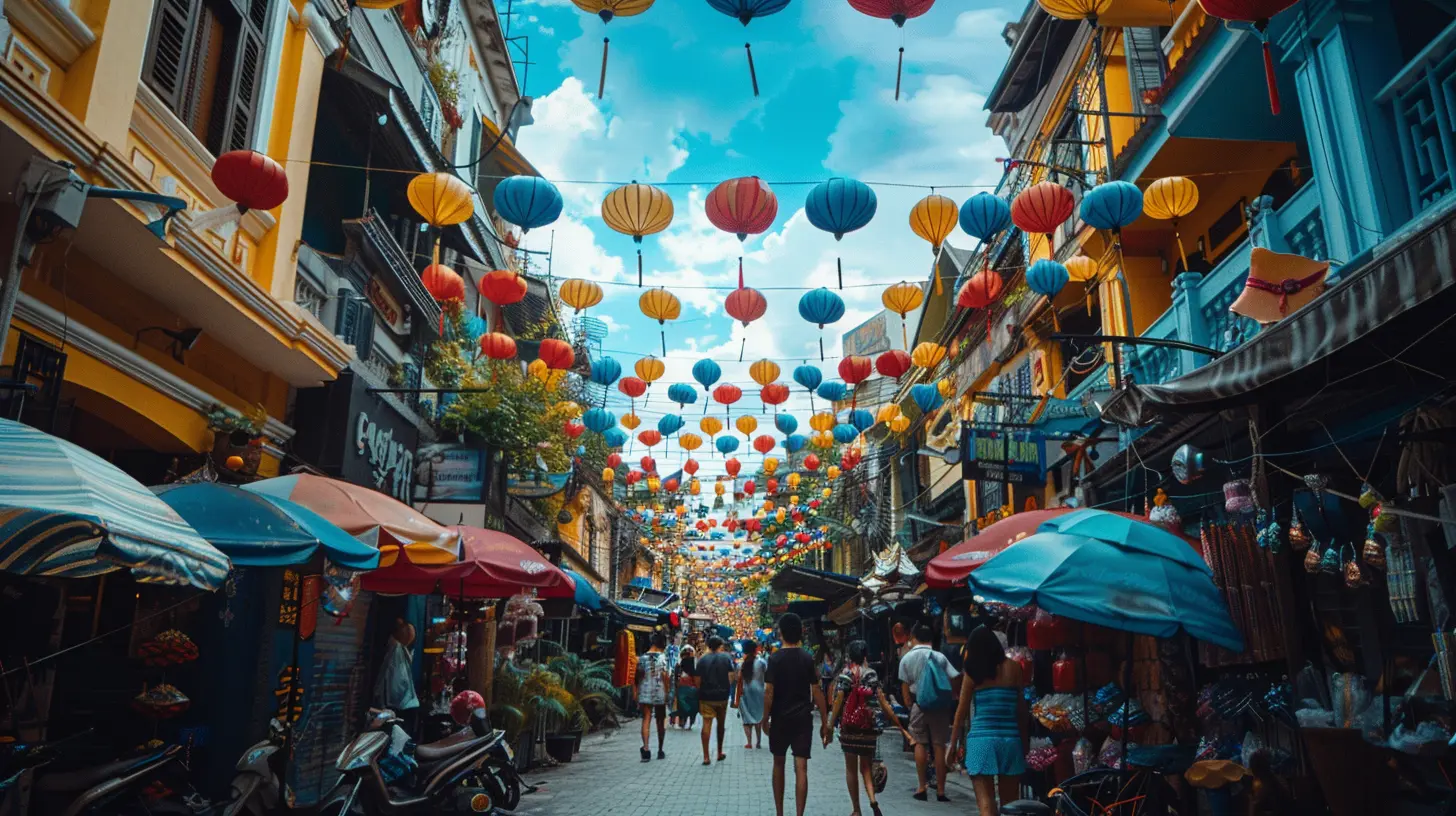
How Travel Photography Enhances Immersive Travel
Fostering Interaction and Connection
Photography can be a fantastic icebreaker. When you take a photo of a local or their environment, you open the door to conversations and experiences that you might not otherwise have had. Maybe you'll find yourself invited for a cup of tea with a family in India after snapping their portrait, or perhaps you'll end up learning how to make fresh pasta in Italy because you took an interest in a street chef.A Slow, Mindful Way to Travel
When you're busy capturing images, you naturally slow down. You stop rushing from site to site and begin truly noticing your surroundings. This mindful approach to travel allows you to better absorb the culture and feel the ambiance of a place. Photography requires patience, observation, and interaction—three key elements for a deeper, more meaningful travel experience.Creating Memories with Purpose
Every photo you take becomes a keepsake—it's like creating your own time capsule. But instead of filling it with touristy snapshots, you're filling it with moments that matter—cultural exchanges, local faces, and stories. These images serve as a reminder not just of where you’ve been, but of what you’ve learned and how you’ve grown along the way.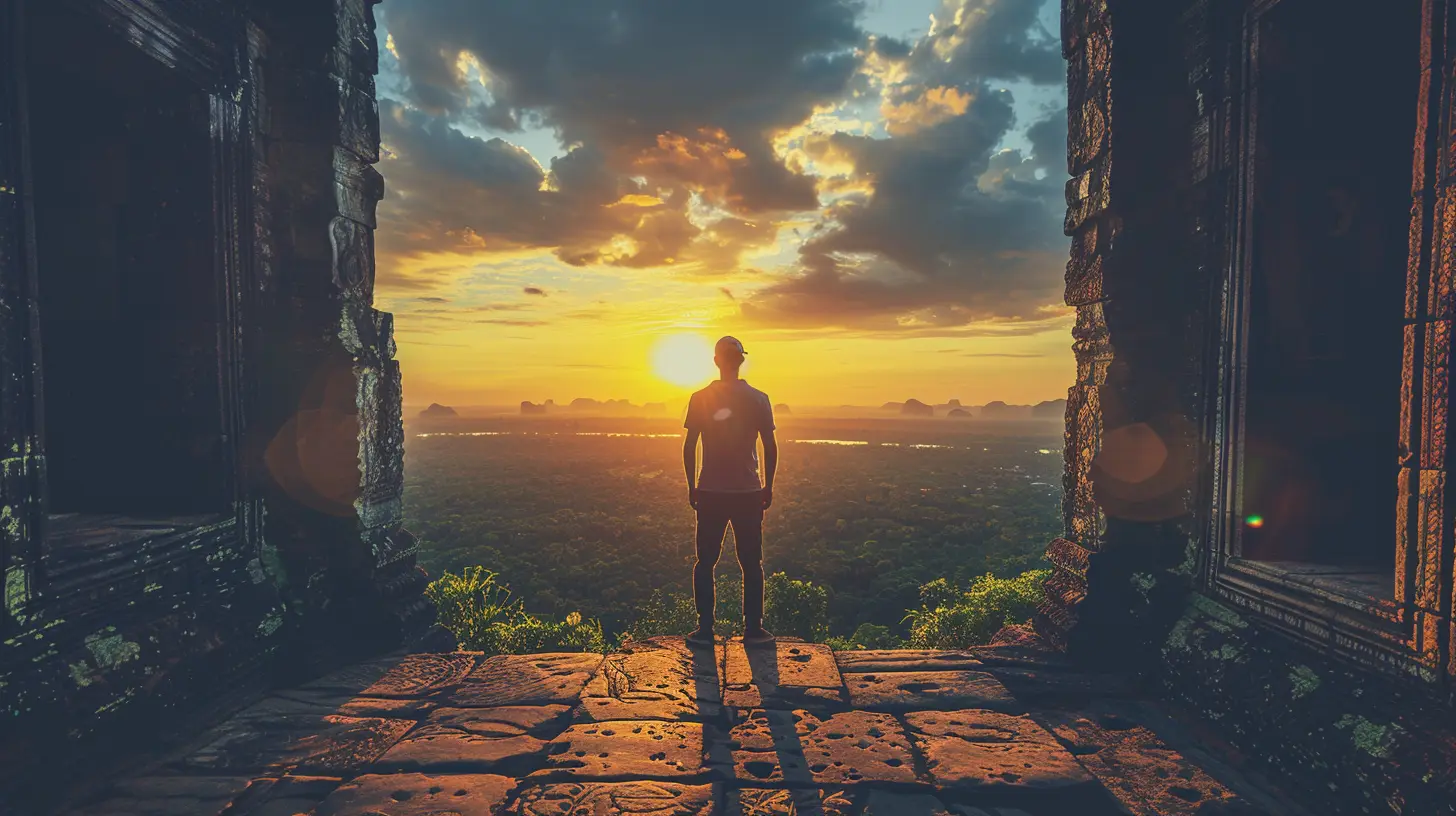
The Ethics of Travel Photography: Respect and Responsibility
Before we wrap this up, let’s touch on an important subject: the ethics of travel photography. With great power (and a camera in hand) comes great responsibility. Here are a few fundamental things to keep in mind:- Ask for Permission: Always be mindful of people's privacy. Some cultures are more private, and in others, there may even be superstitions related to photography.
- Respect Sacred Spaces: Certain places, like religious monuments or areas of mourning, might have restrictions on photography. Always check the rules, and be respectful.
- Give Back: If you’re taking photos of vendors, artisans, or performers, consider buying something or tipping them as a thank you for their time.
Final Thoughts: Capturing Culture, One Snapshot at a Time
Travel photography offers a gateway to understanding, appreciating, and connecting with cultures from around the world. It’s not just about getting the perfect shot for social media, but about slowing down, engaging with people, and documenting moments that reflect the true essence of a destination.So, next time you travel, bring your camera, yes—but also bring curiosity, respect, and a keen desire to capture not just where you are but who and what gives a place its life. Remember: your lens doesn’t just see what's in front of it. It's a way of interpreting the world.
all images in this post were generated using AI tools
Category:
Travel PhotographyAuthor:

Winona Newman
Discussion
rate this article
3 comments
Hesper McMeekin
Visual storytelling deepens cultural connection.
June 12, 2025 at 3:46 PM

Winona Newman
Absolutely! Visual storytelling captures the essence of diverse cultures, fostering deeper connections and understanding through powerful imagery.
George Wolf
Snap, click, and let cultures unfold like taco layers—deliciously diverse adventures await!
June 12, 2025 at 4:15 AM

Winona Newman
Thank you! I'm glad you enjoyed the analogy—there's so much richness in exploring cultures through photography!
Zephyrae Perez
This article beautifully captures how travel photography enhances cultural immersion. It highlights the power of images to tell stories, evoke emotions, and connect us to diverse experiences, making every journey not just a trip, but a profound exploration.
June 2, 2025 at 5:03 AM

Winona Newman
Thank you for your kind words! I'm glad the article resonated with you and captured the essence of travel photography as a tool for cultural immersion.
